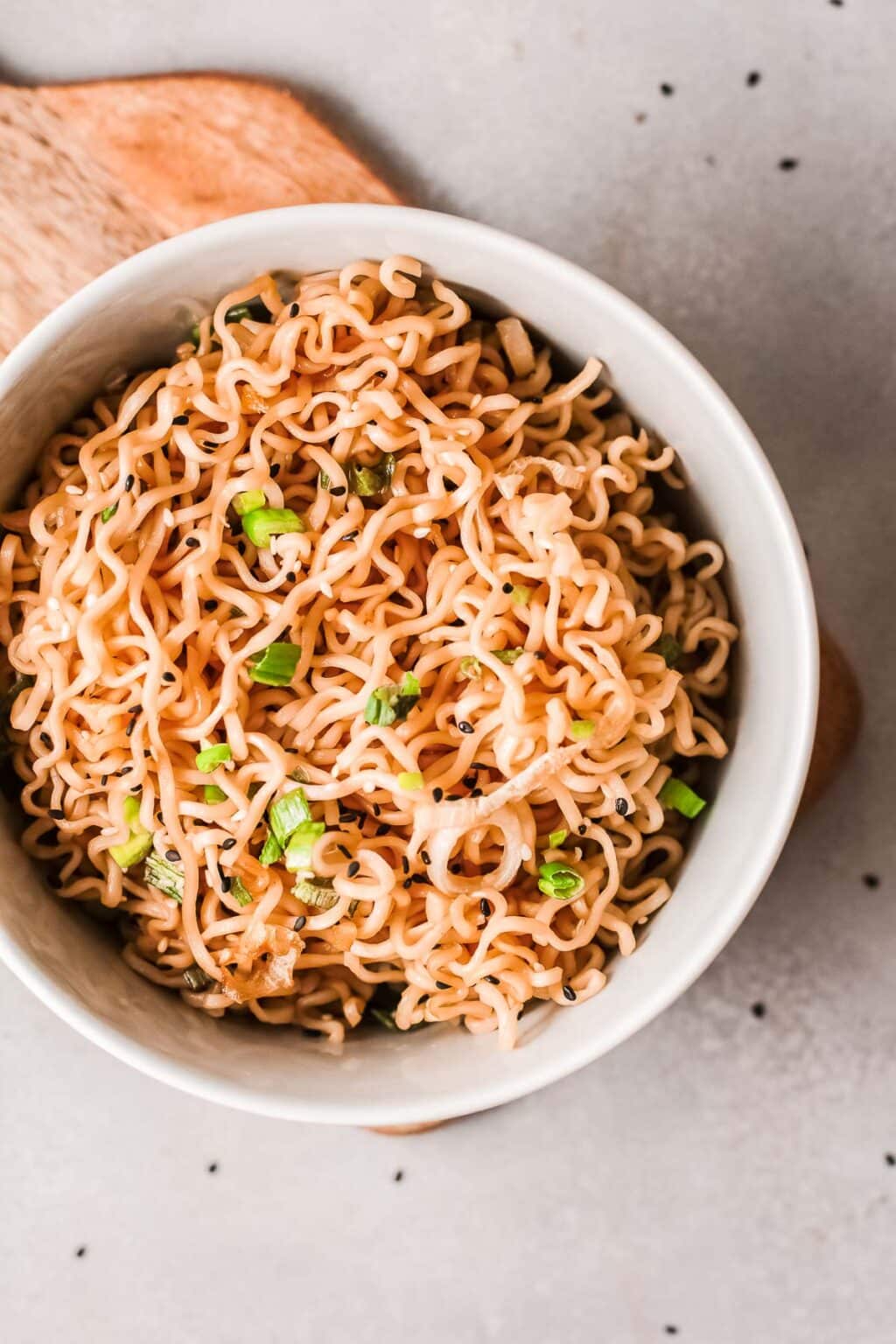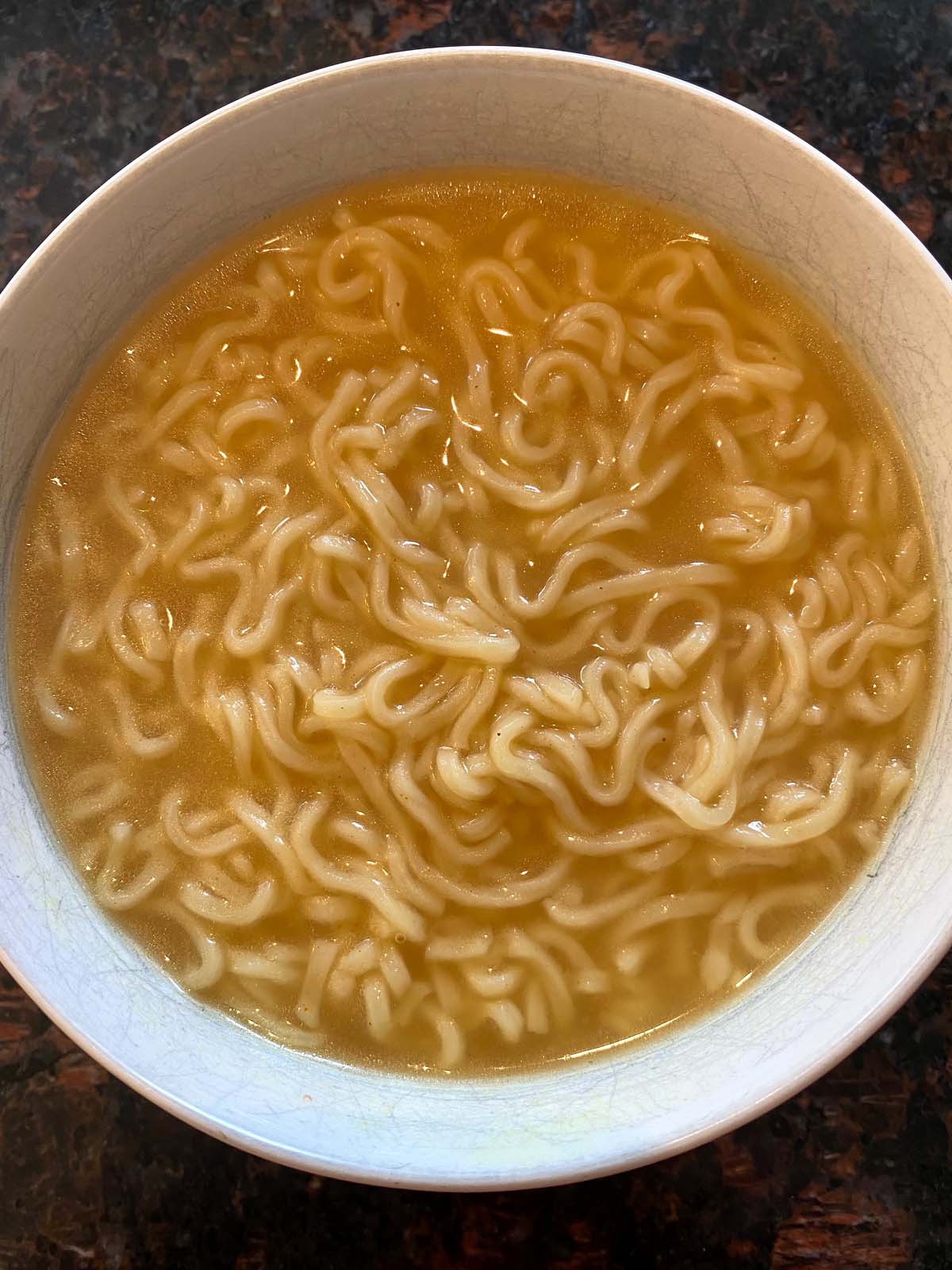Unpacking The Ramen Noodles Sickness 2025: A Global Health Mystery
It’s no secret that ramen noodles have been a culinary staple for generations. Loved for their convenience, affordability, and comforting flavors, these instant noodles have become a go-to meal for students, busy professionals, and families alike. However, whispers of a peculiar phenomenon labeled as the "Ramen Noodles Sickness 2025" are spreading across the globe. This enigmatic issue has people questioning whether their beloved late-night snack might pose potential health risks. Let’s delve into the details and uncover the truth behind this mystery before it escalates into widespread panic.
Imagine this: the simple act of enjoying a bowl of ramen could result in adverse effects such as stomach aches, headaches, nausea, bloating, and heartburn. These alarming reports have emerged in health forums, social media, and even mainstream news outlets. The symptoms are varied, but they share a common thread—consumption of instant ramen noodles. With the rise in these complaints, experts are left scratching their heads over the potential culprits. Could it be the ingredients, the manufacturing process, or merely a series of coincidences?
| Key Facts About Ramen Noodles Sickness 2025 |
|---|
| Year Reported: 2025 |
| Common Symptoms: Stomach cramps, headaches, nausea, bloating, heartburn |
| Possible Causes: High sodium, preservatives, MSG sensitivity |
| Reference:Journal of Nutrition |
As we dig deeper, it becomes apparent that the issue may not lie solely with the noodles themselves but rather with the ingredients and additives used in their preparation. Ramen noodles are traditionally crafted using wheat flour, salt, and kansui, an alkaline mineral water. However, the seasoning packets often contain high levels of salt, sugar, and flavor enhancers like monosodium glutamate (MSG). These components, while enhancing taste, may also contribute to health concerns.
Read also:Exploring The World Of Vegamovies In A Comprehensive Guide To Online Entertainment
Scientific studies published in reputable journals such as the Journal of Nutrition highlight the dangers of excessive sodium intake, which is prevalent in instant ramen. High sodium consumption can lead to elevated blood pressure and cardiovascular complications. Furthermore, the preservatives and artificial additives used in certain brands may trigger adverse reactions in sensitive individuals. It’s essential to recognize that while ramen noodles aren’t inherently harmful, the manner in which they’re processed and consumed might pose risks.
Monosodium glutamate, or MSG, has long been a controversial topic. Naturally occurring in foods like tomatoes, cheese, and seaweed, MSG is a flavor enhancer widely utilized in processed foods, including ramen noodles. While some individuals claim it to be detrimental to health, others insist it’s perfectly safe. Research conducted by the European Food Safety Authority suggests that MSG is generally harmless for most people. However, those with sensitivities may experience symptoms like headaches, flushing, and sweating. Thus, individuals predisposed to food sensitivities should monitor their reactions to MSG-laden foods carefully.
Other potential contributors to the so-called "Ramen Noodles Sickness" include trans fats, artificial additives, and excessive sodium levels. Some ramen brands utilize partially hydrogenated oils, which are rich in trans fats and linked to heart disease. Additionally, a single serving of ramen can contain up to 1,000 mg of sodium—more than half the recommended daily intake for adults. Preservatives and colorings used in certain brands may also cause allergic reactions in sensitive individuals. It’s crucial to note that not all ramen noodles are created equal. Opting for brands with healthier ingredients and lower sodium content can mitigate these risks.
The surge in reports of adverse reactions to ramen noodles in 2025 raises an important question: why now? The answer may lie in the advent of social media, which has revolutionized the way people share experiences. What once might have been dismissed as an isolated incident can now be part of a larger conversation. Moreover, as global awareness about health and nutrition grows, individuals are paying closer attention to their dietary choices and how they impact their well-being. This heightened awareness could explain the increase in reported cases.
Another plausible explanation involves changes in manufacturing processes or ingredient sourcing. As global supply chains evolve and companies seek cost-cutting measures, the quality of ingredients in some ramen brands may have shifted. This possibility underscores the need for thorough investigation into the entire supply chain, from ingredient procurement to processing.
Health experts and food scientists are actively addressing the issue. Dr. Emily Carter, a renowned nutritionist at the World Health Organization, emphasizes the importance of further research. “While there’s no definitive link between ramen noodles and the reported symptoms, we must examine the entire supply chain to identify potential causes,” she states. Advocates for food safety are also pushing for stricter regulations, clearer labeling, and more rigorous testing to prevent similar incidents in the future.
Read also:Sam Sorbee The Heartbeat Behind Modern Music
Consumers can take proactive steps to safeguard their health while continuing to enjoy ramen noodles. Reading labels is paramount; look for brands that emphasize whole ingredients and avoid excessive sodium and preservatives. Limiting consumption to occasional indulgence rather than a daily staple is another wise approach. For those concerned about processed foods, homemade ramen offers a healthier alternative. By using whole wheat noodles, homemade broth, fresh vegetables, and natural spices, individuals can craft a nutritious and delicious version of their favorite dish.
DIY ramen not only ensures healthier ingredients but also encourages culinary creativity. Begin by cooking whole wheat noodles according to package instructions. Prepare a flavorful broth using chicken, vegetable, or mushroom stock. Add fresh vegetables like spinach, carrots, and mushrooms, along with a protein source such as tofu, chicken, or eggs. Season with herbs and spices like ginger, garlic, and soy sauce for added depth. Combine the cooked noodles with the flavorful broth, garnish with your preferred spices, and savor your homemade creation.
Consumer awareness plays a pivotal role in food safety. As more individuals become informed about the potential risks associated with specific foods, they’re better equipped to make choices aligned with their health goals. This growing awareness is driving demand for healthier, more transparent food options. Food companies are responding to this demand by reformulating their products to meet consumer expectations. Many ramen brands now offer low-sodium and preservative-free alternatives, providing consumers with a broader range of choices.
Global food safety regulations are evolving to address concerns about processed foods. Organizations like the Food and Agriculture Organization (FAO) and the World Health Organization (WHO) are establishing guidelines for processed foods, including ramen noodles. Accountability is paramount; companies must be transparent about their ingredients and manufacturing processes. Consumers have the right to know exactly what’s in their food and how it’s made. By holding companies accountable, we can prevent future health scares like the "Ramen Noodles Sickness 2025."
The phenomenon of "Ramen Noodles Sickness 2025" serves as a stark reminder of the importance of staying informed about the foods we consume. While the mystery continues to unfold, one thing is clear: knowledge empowers individuals to make smarter dietary decisions. Ramen noodles can remain a part of a balanced diet when consumed in moderation and paired with fresh, whole foods. If uncertainty persists, consulting a healthcare professional is always a prudent course of action.
As the world grapples with this emerging health issue, connections to broader societal trends become evident. The rise in processed food consumption and the increasing prevalence of food sensitivities highlight the need for greater transparency in the food industry. Celebrities and influencers, who often champion wellness and nutrition, are also contributing to this dialogue. Their platforms amplify discussions about healthy eating and food safety, further underscoring the significance of consumer awareness. In a world where convenience often trumps health considerations, the "Ramen Noodles Sickness 2025" serves as a wake-up call for both consumers and food producers alike.


